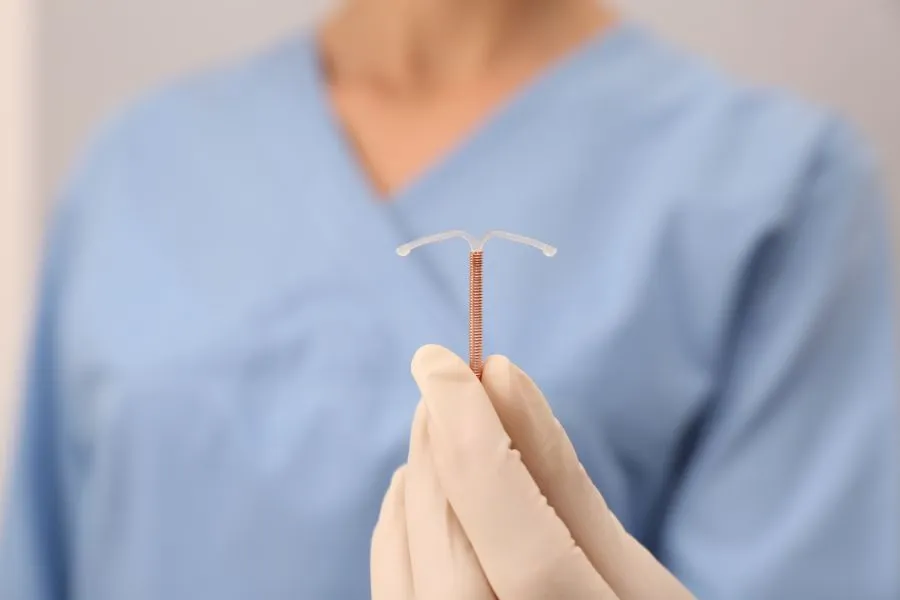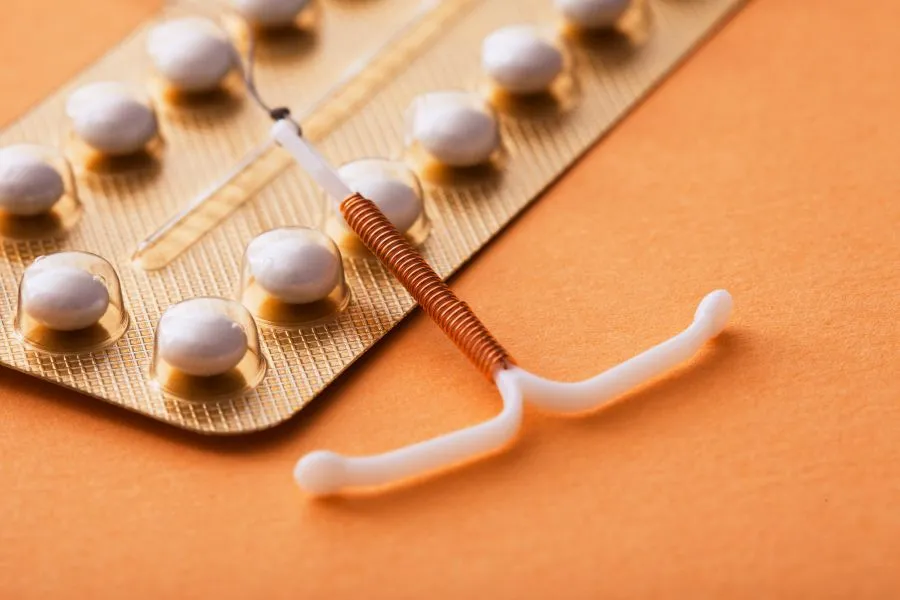Birth control: How a houseplant could ease copper IUD side effects
Key takeaways
- A common houseplant inspired scientists to create a new copper IUD that’s less likely to corrode and cause irritation.
- The plant-based design could ease cramping and other side effects that many users experience with copper IUDs.
- Researchers say the innovation could make birth control safer and more comfortable for millions of women worldwide.

A common houseplant has inspired researchers to develop a safer copper intrauterine device (IUD). IUDs are a form of non-hormonal birth control that can last up to eight years and are completely reversible.
When a copper IUD is first implanted in the uterus, it undergoes a chemical reaction with uterine fluid. Its surface is corroded, causing a burst of copper ions. This process can lead to symptoms such as menstrual irregularity, increased cramps, and pelvic inflammatory disease.
Pothos leaves are naturally hydrophobic due to a waxy cuticle and textured surface that repels water. The scientists were inspired to mimic this behavior for copper IUDs to repel uterine fluid. Less contact between the surface and fluid would decrease corrosion, releasing fewer copper ions and mitigating side effects.
The team developed a scalable laser texturing technique that replicates the pattern of pothos leaves. The plant-inspired device is more liquid- and corrosion-resistant than traditional copper IUDs. It causes less cell death and increases cell viability.
“This study demonstrates how surface engineering inspired by natural structures can provide innovative solutions to biomedical challenges, bridging materials science with women’s health care,” says author Junbo Liu.
The solution is said to avoid supply chain risks associated with the creation of mixed-metal IUDs and the degradation of polymer IUD coatings. Pothos leaves inspired a safer copper IUD design (Image credit: Liu).
Pothos leaves inspired a safer copper IUD design (Image credit: Liu).
Nature’s fix for side effects
Copper IUDs are a common contraceptive due to their long-acting effects and affordability. However, the first few months of use are associated with several side effects such as cramping, irregular bleeding, and spotting. Patients also experience pain when the IUD is inserted, followed by cramping and back aches for days after.
Copper IUDs cause the uterine lining to become inflamed and create a toxic environment for sperm, preventing egg fertilization. If a fertilized egg makes it into the uterus, an IUD can also prevent it from implanting into the uterine lining, avoiding pregnancy.
Approximately 15% of women globally use IUDs. There are two options currently on the market: a hormonal method that releases progestin and the copper IUD. Copper IUDs are the most popular worldwide due to being non-hormonal.
Researchers from Changchun University and Northeast Normal University, China, studied dried pothos leaves to create a plant-based, less painful solution to the widely used birth control method.
Published in Biointerphases, the findings found that the leaves are covered with a system of ridges and hexagonal valleys. Researchers quantified this pattern by calculating the average diameter of the ridges, the depths of the valleys, and the angle between each ridge and valley.  Natural patterns could improve reproductive care.
Natural patterns could improve reproductive care.
From their measurements, the team simplified the pattern and engraved it onto the copper surfaces of an IUD using a laser-patterning technique.
The patterned IUD was exposed to simulated uterine fluid for a period of five days. The scientists found that it released fewer copper ions into the fluid, due to its increased hydrophobicity and lessened corrosion.
“The pothos structure offered a balance of simplicity, stability, and effectiveness, making it well-suited for our goal of improving copper IUDs,” says Liu.
The researchers plan to optimize their prototype for larger-scale laser patterning and efficient production and conduct in vivo studies to measure the long-term behavior of their IUD.
Personal Care Insights recently spoke to a researcher from Delft University of Technology, the Netherlands, who designed a new speculum to benefit patients, health professionals, and the environment.
“Underrepresented groups are often overlooked in health care, but it’s absurd that the female body — making up nearly half the world’s population — has been neglected for so long. This only highlights how urgent it is to center diverse voices in health care innovation,” researcher Tamara Hoveling told us.












